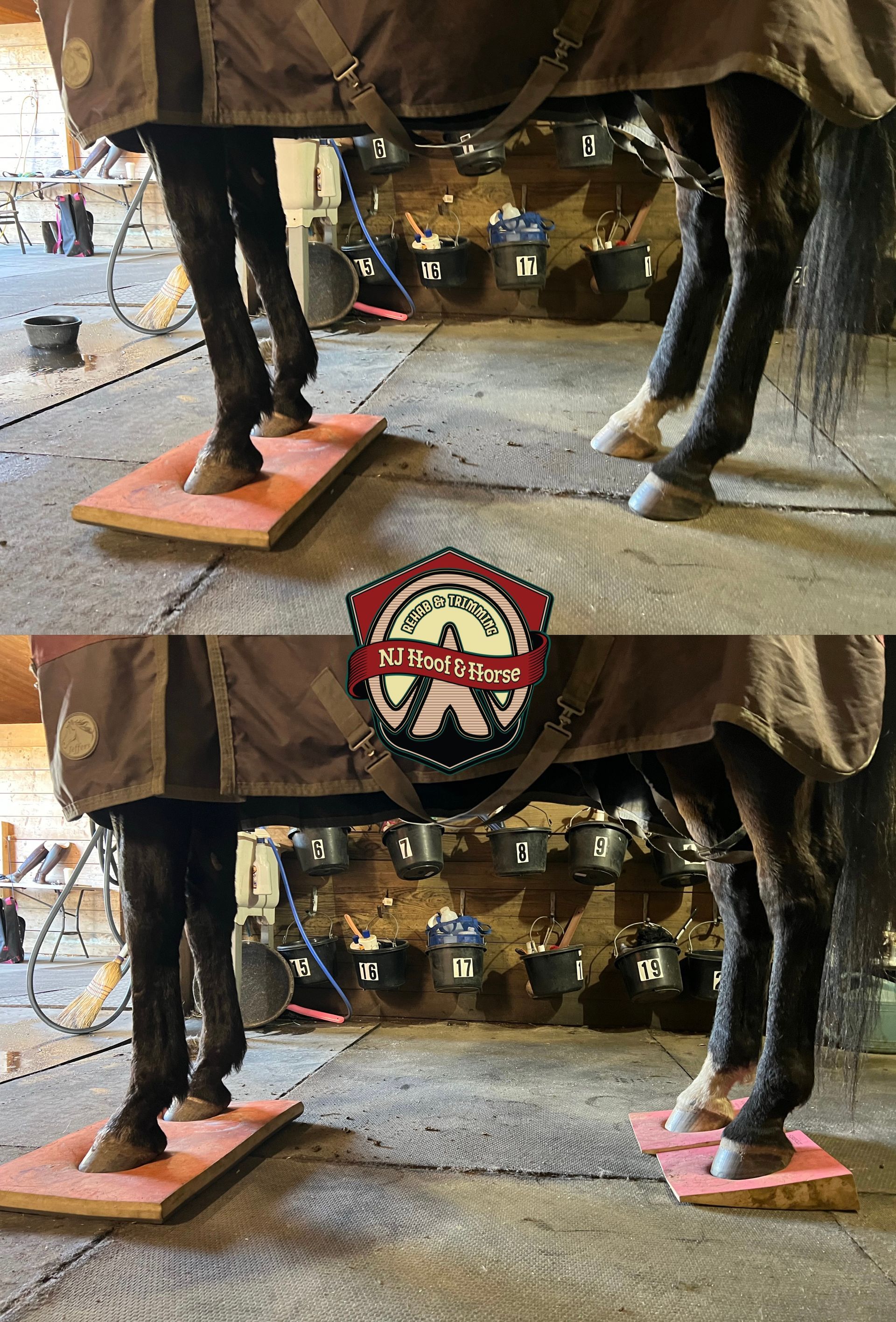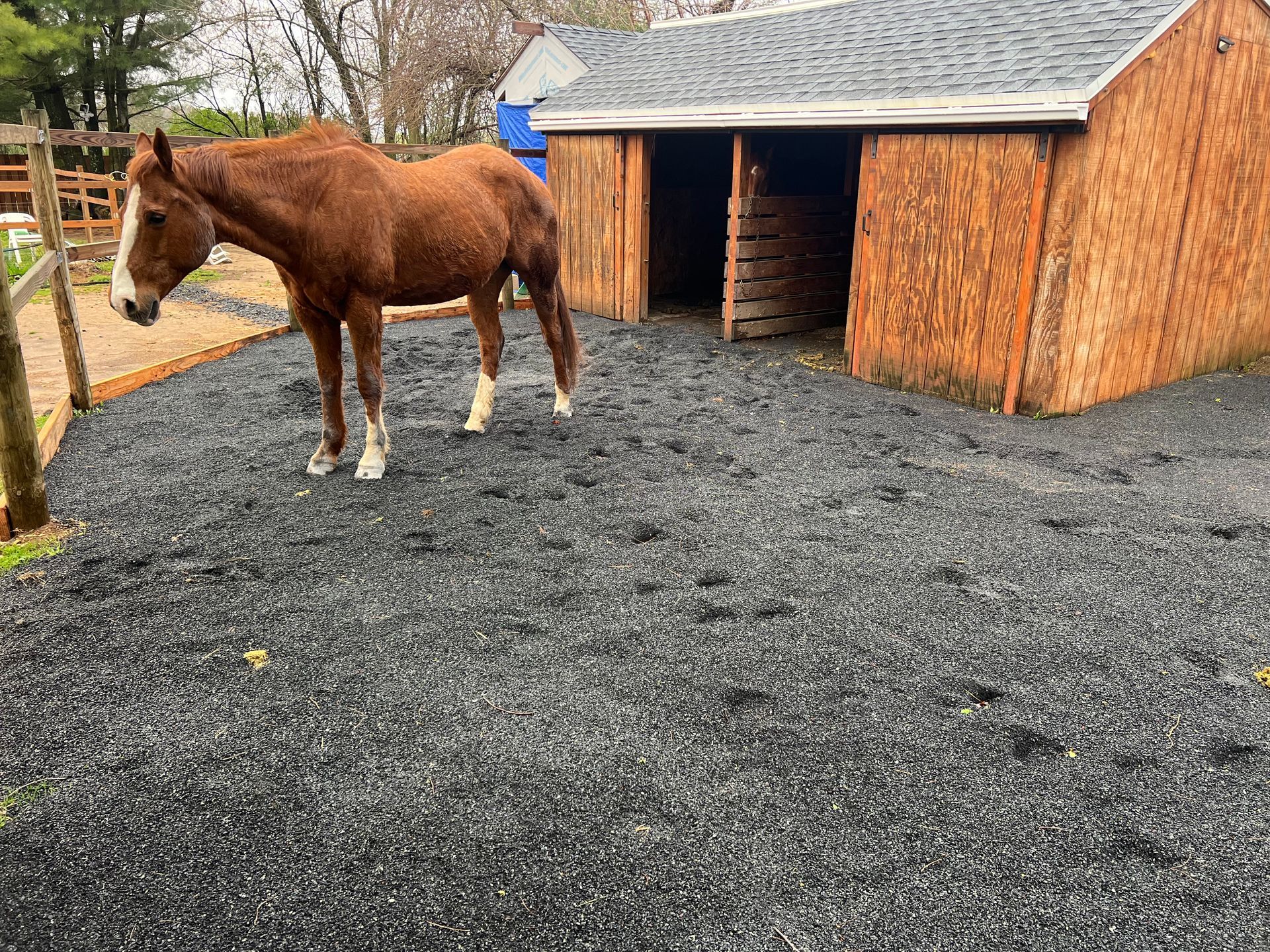Amount of laminae in quarters and toe
Here you see the difference in the amount of lamina in the quarters compared to the amount in the toe. In this specific foot, there’s significantly much more lamina in the toe (27 laminae per centimeter) compared with the quarters (16 laminae per centimeter).
Question is: why?! Is it a perfusion issue? The way the horse walks? The trim? Terrain?
Dr. Robert Bowker raised the same question and had a few theories about this but this still remains a mystery to some extent.
My thoughts:
Since the horse is designed to move and bear an extreme amount of weight on the hooves, they need to withstand all of that stress. When horses hooves break over, the last point of contact with the ground is usually the toe, the horse pushes off the ground with the toe, thus that part of the hoof needs a larger amount of lamina for protection and durability. In addition to that, the wall in that area is much thicker than in the quarters. This, in my opinion, does not mean that the toe is the main weight bearing structure, rather the extra laminae in the toe help the hoof not to fall apart.
What are your thoughts on this? Why is there more lamina in the toe than the quarters?
Denys A.
Images in link below

